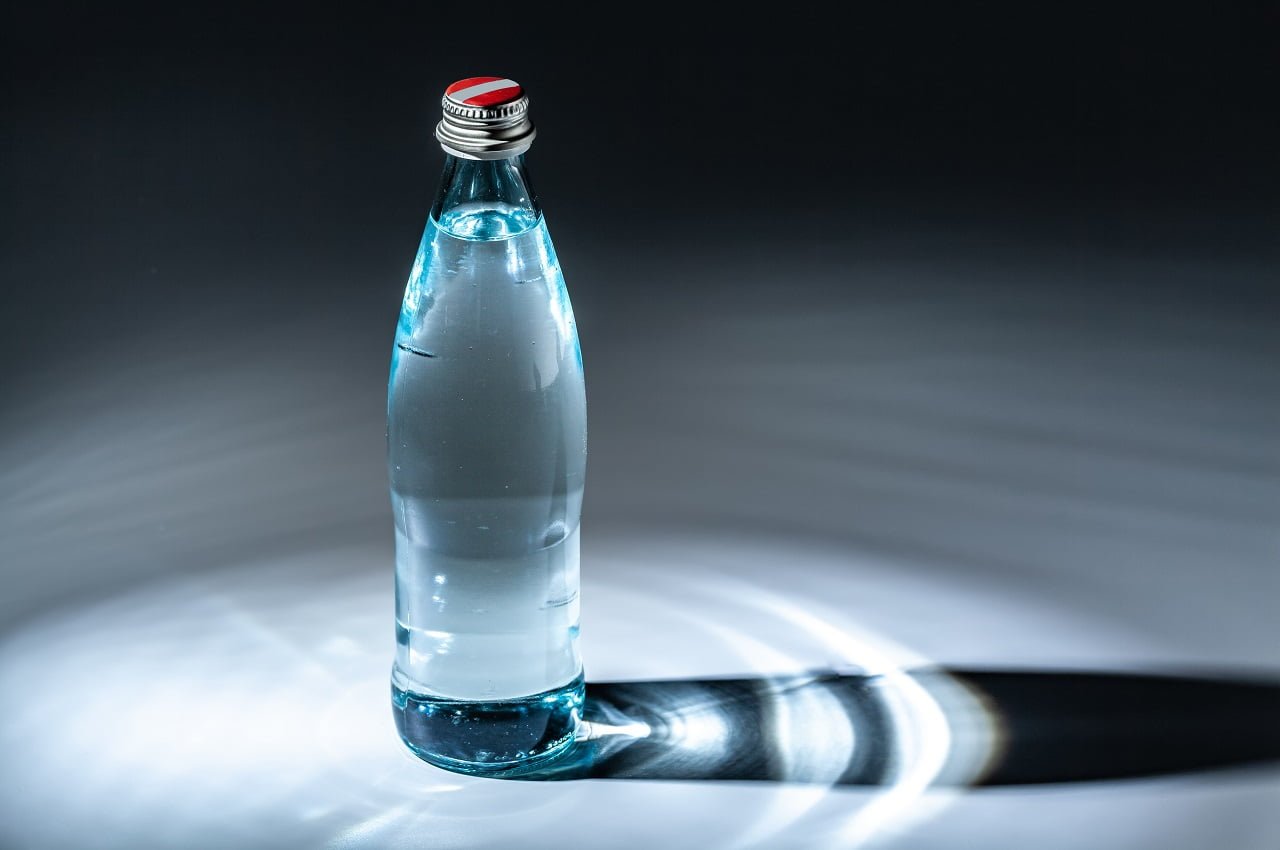How to Make Distilled Water at Home: A Complete Guide
Purifying distilled water involves the process known as “distillation,” which eliminates all the nasty bacteria, minerals, and other contaminants, giving you water in its purest form. Distilled water is ideal for machinery, health and medical devices, watering plants, and other applications requiring clean water. While you can buy distilled water in the market, making your […]

How to Make Distilled Water at Home: Step-By-Step Distillation Process
 We don’t know if these concepts still reside in your mind: liquid water, water vapor, evaporation, and condensation process. These are the concepts you’ll encounter when distilling water.
Not that we’re always excited by all the science stuff, but we think this will interest you as much as it did us.
What excites us the most is that we can finally cut the cost of buying distilled water. It will be a lot cheaper, plus you can ensure a FULL STOCK since you can make it anytime at home.
Tools Needed to Distill Water
Before anything else, you must first prepare the following materials for this project:
We don’t know if these concepts still reside in your mind: liquid water, water vapor, evaporation, and condensation process. These are the concepts you’ll encounter when distilling water.
Not that we’re always excited by all the science stuff, but we think this will interest you as much as it did us.
What excites us the most is that we can finally cut the cost of buying distilled water. It will be a lot cheaper, plus you can ensure a FULL STOCK since you can make it anytime at home.
Tools Needed to Distill Water
Before anything else, you must first prepare the following materials for this project:
- Round baking rack
- 5-gallon stainless steel pot with lid
- Glass bowl
- Oven mitts
- Ice cubes
- Tap water

What is Distilled Water?
This physical process of distillation involves changing the state of water from liquid form to water vapor through condensation. Hence, the product of this process is called distilled water. So basically, distilled water is purified water you get from condensing water vapor or steam out of impure water.What Distillation Removes from Water
This process eliminates minerals, salt, harmful bacteria, heavy metals, and other contaminants. Hence, it’s also known as one of the water purification methods that remove impurities in water. When purifying water using the distillation method, unwanted nasties are left behind while pure water vapor rises into thin air and re-condenses.What Types of Water Can You Distill?
There are many types of water you can purify and turn into distilled water. These include:- Tap water
- Water from streams
- Well water
- Snow
- Rainwater
- Sea water
- Plants and damp soil
Methods of Distilling Water
Aside from the distillation method we taught you in the previous sections, other ways exist to make distilled water. Here are other methods you can try:- Collect water from an outside container – this is quite similar to the pot and bowl method we taught you earlier. But instead of placing the container inside the pot, you use an outside container to collect the distilled water. In this method, you can use a funnel over a boiling water container connected to the collection bottle with aquarium tubing. You must ensure that the tubing is lower than the funnel to successfully drain the distilled water into your collection bottle and secure it tightly with duct tape. This is advantageous, as it minimizes the risk of contamination which is essential if you intend to make drinking water.
- Distilled rainwater or snow – rain and snow are also called naturally distilled water. If you remember, in the water cycle, the sea, lake, land, and river water evaporates and condenses in the atmosphere to fall as precipitation. You can collect rainwater or snow with a large container. Keep the water at rest to let the sediments fall at the bottom. If you don’t live in highly polluted areas, this pure water is definitely safe to drink. But you can also include filtration procedures using a coffee filter or boiling water.
- Home distillation kits – a home distillation kit is also a cheap way to make distilled water, compared to those whose heat source requires fuel or electricity to operate and heat water. The cost of home distillation kits starts at $100. If you intend to purify water for drinking, cheaper kits are already good enough. Expensive kits are primarily used in labs or in making distilled water in large volumes to supply an entire house.
Note Alternatively, you can also install a water line into your refrigerator for ready access to clean water.
- Distill water from plants and mud – you can also make distilled water from basically any water source. One example is by extracting water from desert plants. You only need to:
- Dig a hole in the ground,
- Place a container at the bottom to collect the distilled water,
- Fill in damp plants around the container inside the hole,
- Cover the hole with plastic and secure it with rocks or dirt to ensure that no moisture escapes,
- Place a pebble at the center of the plastic wrap to make a small depression. When the water evaporates, the water vapor condenses on the plastic, and droplets drip from the depression into your container.
What are the Uses of Distilled Water?
There are different uses for distilled water. While others use it as drinking water, others utilize distilled water for:- Hydrating house plants
- Filling humidifiers
- Steam ironing clothes
- Cleaning wounds
- Sterilizing bottles
- Home aquariums and fish tanks
- Filling CPAP machines
- Car maintenance
What are the Benefits of Drinking Distilled Water Over Tap Water
As mentioned, some people prefer or can only drink purified water. That’s why they opt to distill water at home, as it costs less than purchasing bottled water in stores. Compared to tap water, distilled water doesn’t contain any impurities. Distilling water removes waterborne pathogens, thus reducing the risk of diseases. Distilled water is even PURER than filtered water and boiled water. Hence, if you’re unsure of the water source, it’s better to distill water before drinking.Distilled Water FAQs
Let’s answer more questions for you!
The pot and bowl method takes about 45 minutes to distill water. But, if you’re using a larger pot with twice the volume of our indicated measurement, it will likely take longer to finish.
If you store distilled water properly, it will surely last INDEFINITELY. We suggest using an airtight glass container and storing it in a cool and dry place to prevent contamination and bacteria build-up.
Yes, you can definitely drink distilled water. But it has a flat taste and has already lost beneficial minerals, like calcium and magnesium, during distillation.
However, if the water contains impurities with a lower boiling point, it might contaminate the vapor, as well as the distilled water.
With its bland taste, dissolved minerals, and possible contamination, it MAY NOT BE THE BEST OPTION for drinking, though it is potable.
Reverse osmosis is another purifying technique. But, unlike in distillation, it doesn’t turn water into its purest form.

